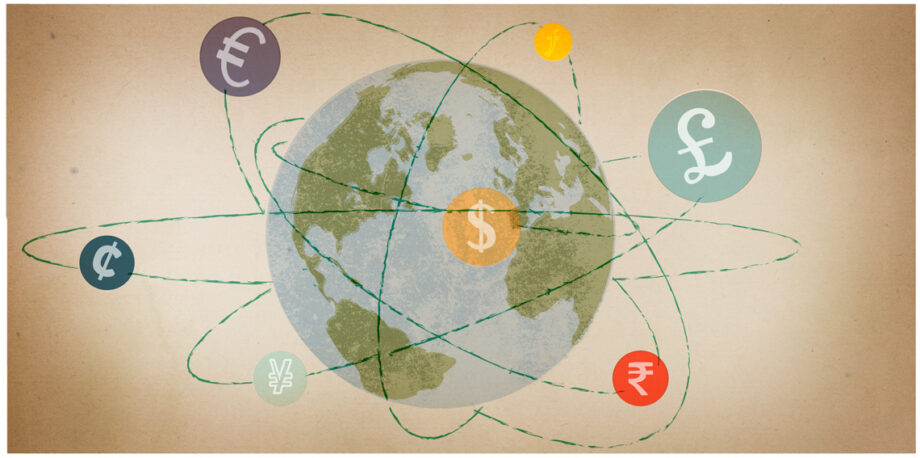October 9, 2014 — When it comes to helping the world transition to a low-carbon future, developing nations are in a unique position to lead — but they can’t do it alone. Investments are needed. Luckily, the opportunities are promising for climate-savvy investors and companies with operations in the developing world.
In developing countries, low-carbon investments, such as those in energy-efficiency upgrades and low-carbon transportation, can open new markets for clean technologies and sustainable products while reducing pollution in local communities, ensuring energy and food independence by supporting local and distributed sources of power and agriculture, and alleviating poverty by providing new job opportunities. Many countries are already taking advantage of these opportunities. Ethiopia, for example, is using a green growth strategy to eradicate poverty and address climate change. To enhance these opportunities, global companies and investors can play a key role.
There are four reasons why global companies should consider investments in the developing world to mitigate climate change:
- Government spending on climate is on the rise. In anticipation of new policy priorities that could be set in 2015 at the United Nations Conference of Parties in Paris, the international community is poised to invest billions of dollars in clean energy, much of it in developing nations. During the U.N. Climate Summit 2014 in New York, leaders announced plans to invest more than $200 billion to finance clean energy and support resilience among vulnerable nations. In its new “Better Growth, Better Climate Report,” the Global Commission on the Economy and Climate calls for governments to triple their investments in clean energy research and development. The international community also is increasing financial innovations such as green bonds, feed-in tariffs and risk-sharing instruments.
- Climate investments are paying off. The World Bank estimates that most investments required to address climate change in the energy sector will eventually pay for themselves. BSR has seen this firsthand in our Energy Management in China Program, where investments in energy-efficiency upgrades in companies have led to both cost savings and greenhouse gas reductions for manufacturers and local communities. As more states and subnationals put a price on carbon, these low-carbon investments are in a position to become even more lucrative.
- Investments in sustainable infrastructure are a relative bargain. It is easier to build new low-carbon infrastructure than it is to transform fossil-fuel-dependent systems. As vulnerable populations develop, there is an opportunity for them to shape their energy future with sustainable technologies such as electric vehicles and distributed renewable energy generation. The U.S. and Europe are now dealing with the expensive challenge of upgrading their electricity grids, while the Indian state of Gujarat, with its less centralized power generation, has been able to spur rapid renewable energy development.
- There’s less cultural resistance in the developing world when it comes to low-carbon solutions. Many developing nations are more open than are developed nations to low-carbon transportation, historically relying more on affordable options such as walking, cycling, animal power, ride sharing and transit services. In these regions, there is less of a need to overcome cultural resistance that presents hurdles in countries like the United States and Australia, where urban sprawl and dependence on fossil fuel–based transportation is a cultural norm. Even in China, where bicycles and pedestrians traditionally dominated city landscapes, a culture of car-dependent urbanites has emerged — with car ownership up twentyfold in the past decade. Investors can counteract this trend in China and in other developing nations by marketing low-carbon transportation options, which can also open up markets for clean technologies and catalyze a highly efficient mobility system that will increase the countries’ economic productivity.
Despite these opportunities, investments in developing nations can be complex. To lower risk and ensure community support, it is important for companies to engage in an inclusive and robust stakeholder process that responds to community development needs and sustainable growth priorities. Engineering and electronics company Hitachi did this successfully in its global business strategy, which emphasized extensive stakeholder input to help address global sustainability challenges such as energy use, urban development, health care and water scarcity in emerging markets such as Brazil, China and Indonesia.
There is a strong case for the business community to focus on the developing world when it comes to investments in low-carbon initiatives. Doing so will not only serve the companies’ business interests, but will help pave the way to the “cleaner, greener, more prosperous future for all” that U.N. Secretary-General Ban Ki-moon talked about in his opening day remarks for New York’s Climate Week 2014. But, as Ban also pointed out, “We do not have any time to waste now.” ![]()
Editor’s note: The views expressed here are those of the author and not necessarily of Ensia. We present them to further discussion around important topics. We encourage you to respond with a comment below, following our commenting guidelines, which can be found here. In addition, you might consider submitting a Voices piece of your own. See Ensia’s “Contact” page for submission guidelines.
Ensia shares solutions-focused stories free of charge through our online magazine and partner media. That means audiences around the world have ready access to stories that can — and do — help them shape a better future. If you value our work, please show your support today.
Yes, I'll support Ensia!
